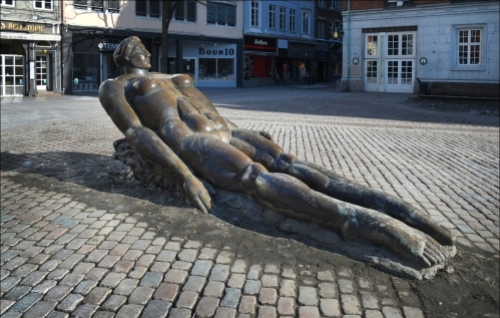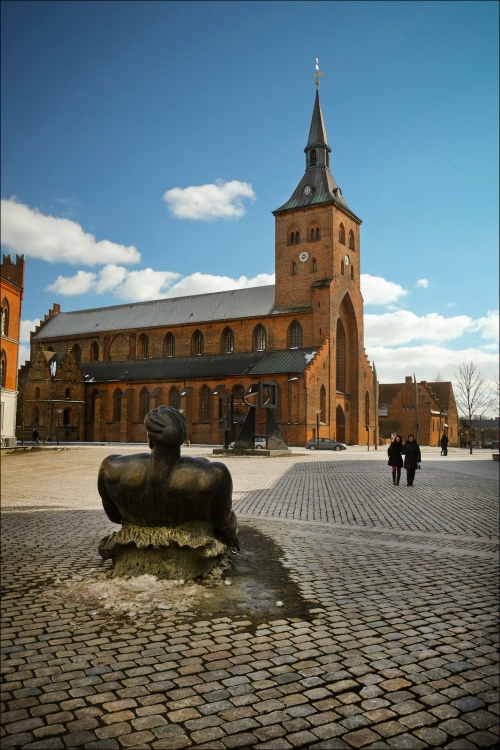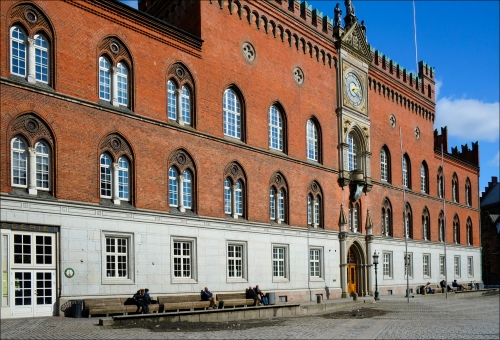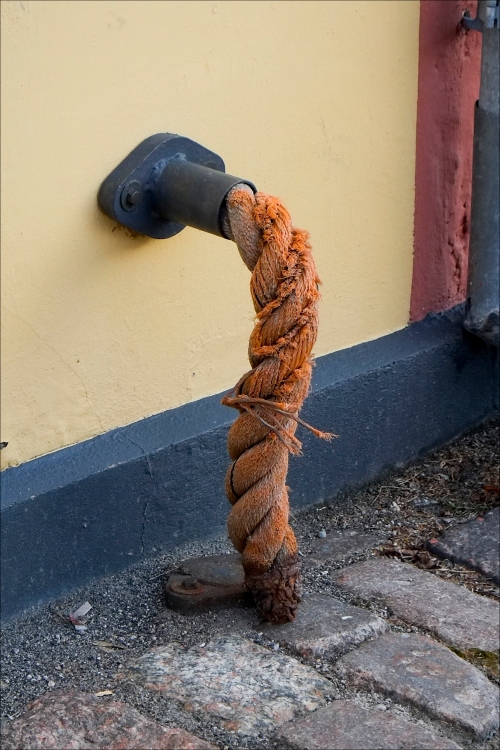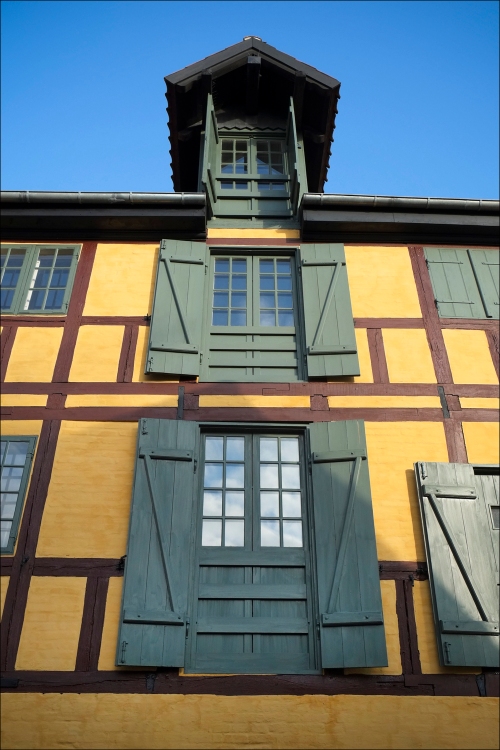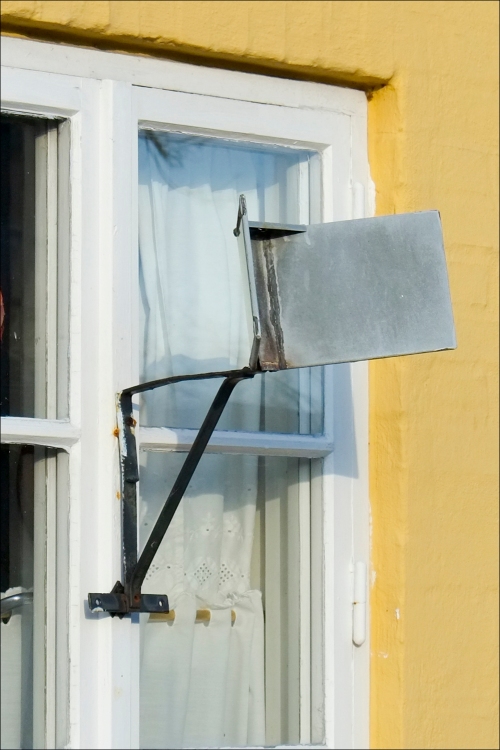The Stortorget, Malmo’s largest square, is adorned with a collection of the most playful and imaginative bronze statues we have come across.







Arcades & Passageways
Arcades and passageways are an absolute necessity in all the older cities we’ve visited. With long blocks of four and five story buildings packed cheek to jowl they make passing from one block to the next much less burdensome and saves miles of circumnavigating city streets to get from one block to the next. They also create access to closed off courtyards and gardens.








Nyboder
Nyboder means new small houses. This historic row house district was the former Naval barracks. Construction of the district was begun in 1631 by Christian IV to house Navy personnel and their families. Nyboder is very much associated with their yellow color named “Nyboder yellow” to refer to the exact hue of yellow. Interestedly the original color of the development was red and white.

The neighborhood has had a bit of a grim past. On December 16, 1658 a gunpowder storage building just north of Nyboder exploded, damaging or demolishing many houses and causing numerous casualties.
In 1668 the city’s gallows were moved to the district. In 1677 another bleak neighbor moved in when the Copenhagen Stocks House or military prison was built just a little to the south. it was opened to civilian prisoners in 1741 and held people sentenced to “slavery”, meaning prisoners sentenced to penal labor in irons. Prisoners were classified as “honest” and “dishonest”. The latter were beaten at the whipping post, a punishment that connoted a severe loss of honor. In 1783 an even larger facility was opened when the Greater Stocks House was built next to the old building and held 600 “slaves”. The use of “severe examination” or torture was finally abolished in 1837.

From early on, the area also included a guardhouse which had an external bell used to gather people in the event of a military attack or fire. The building also contained a jail, where trouble-making residents were deposited.


